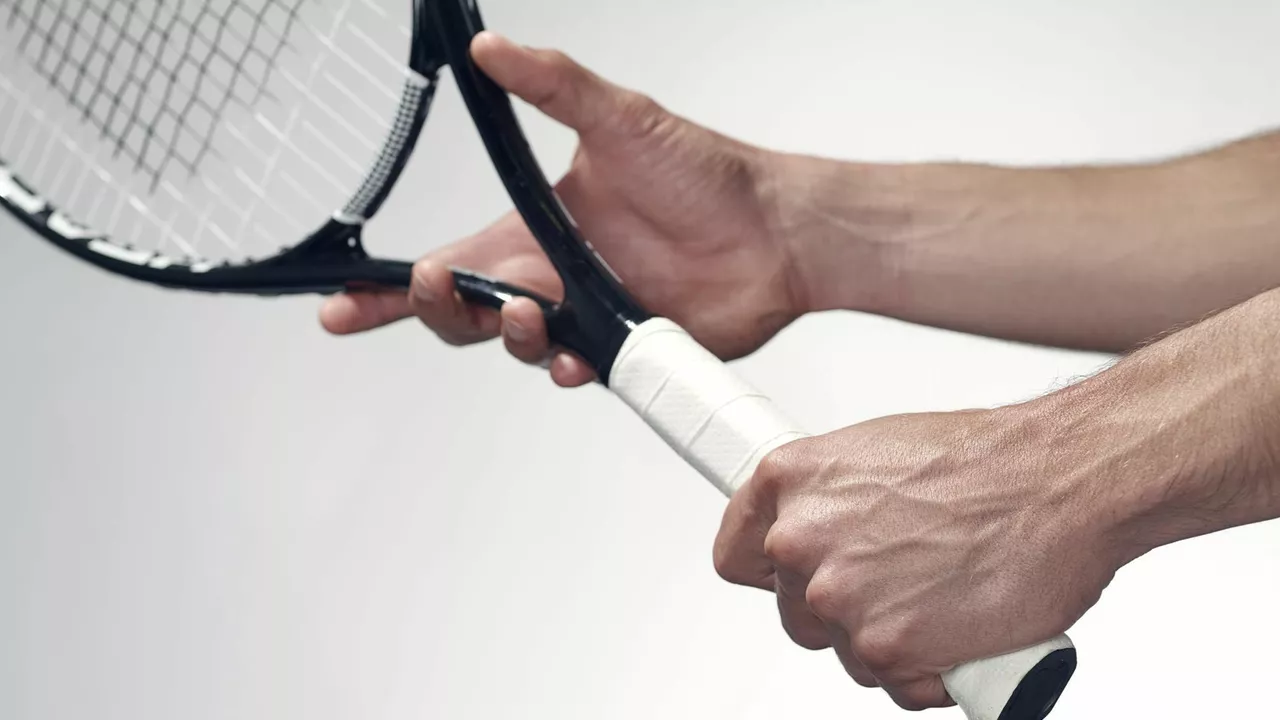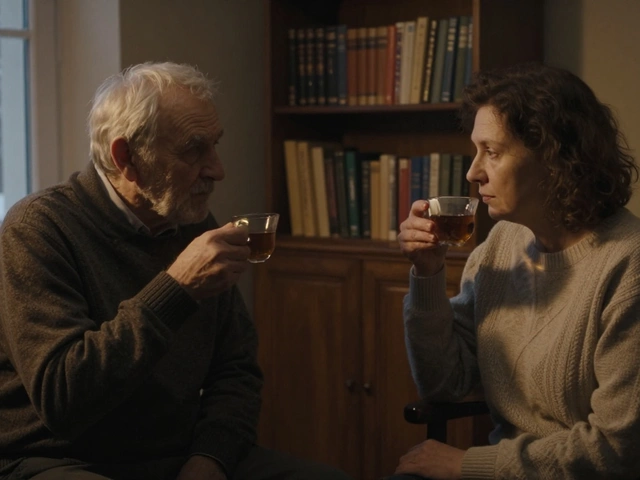Racket Types: Find the Perfect Tennis Racket for Your Game
Choosing a tennis racket can feel like shopping for a new car – there are a lot of options and the right choice makes a big difference. The good news is you don’t need a degree in engineering to pick one. Just focus on a few key traits, match them to your playing style, and you’ll be swinging more confidently in no time.
Key Factors to Consider
Head size. Bigger heads (100‑110 sq in) give a larger sweet spot, which is forgiving for beginners and power‑hitters. Smaller heads (85‑95 sq in) provide better control for advanced players who can consistently hit the center.
Weight. Light rackets (under 10 oz) are easy to handle and reduce arm strain, making them great for juniors or players with elbow issues. Heavier rackets (10‑12 oz) add stability and power but require a stronger swing.
Balance. A head‑heavy racket adds momentum on groundstrokes, perfect for baseline power. A head‑light or evenly balanced racket feels quicker on volleys and serves, helping players who like to finish points at the net.
String pattern. Open patterns (e.g., 16x19) let the ball spin more, while dense patterns (18x20) give durability and a tighter response. Choose open if you love heavy topspin; go dense if you value consistency.
Popular Racket Types and Who They Suit
Power rackets. These are typically head‑heavy, have larger heads, and are a bit heavier overall. They help players generate pace without needing a super fast swing. If you’re a baseline player who likes to hit deep, hard shots, a power racket will boost your confidence.
Control rackets. Small head, light weight, and a balanced feel define this group. They rely on precise timing rather than brute force. Advanced players who can place the ball accurately will love the feedback and maneuverability.
Tweener rackets. The name says it all – they sit between power and control. Medium head size (98‑100 sq in), mid‑weight, and a neutral balance make them a safe bet for intermediate players working on all‑court skills.
Oversized rackets. With heads over 110 sq in, these are the most forgiving on the market. They’re perfect for beginners, seniors, or anyone recovering from an injury who wants a larger sweet spot.
Lightweight, head‑light rackets. Designed for fast‑handed players who attack the net, these rackets feel like an extension of the arm. They’re also a go‑to for juniors who need a swing‑friendly setup.
When you’re ready to test a racket, grab a demo at your local shop or club. Hit a few forehands, backhands, and serves. Notice how the racket feels on impact, how heavy it feels when you swing, and whether the balance feels natural. If a racket feels “right” on the first few hits, that’s a strong signal it matches your style.
Finally, remember that strings and tension matter just as much as the frame. A looser string (around 50‑55 lb) adds power and spin, while tighter strings (55‑60 lb) give more control. Pair the right string setup with your chosen racket type, and you’ll have a combo that feels tailor‑made.
In short, there’s no one‑size‑fits‑all racket. By checking head size, weight, balance, and string pattern, and then matching those traits to how you play, you’ll land on a racket that makes your game more enjoyable and effective. Happy hunting, and enjoy the extra confidence on the court!
Choosing the best tennis racket for your style and ability can significantly improve your game. It's not about the brand, but about understanding your playing level, physical strength, and personal preference. You need to consider factors like the racket's weight, head size, and grip size. It's also crucial to understand the differences between power rackets and control rackets. Always try a few rackets before making your final decision to ensure it feels right in your hand and complements your game.
Continue reading...



